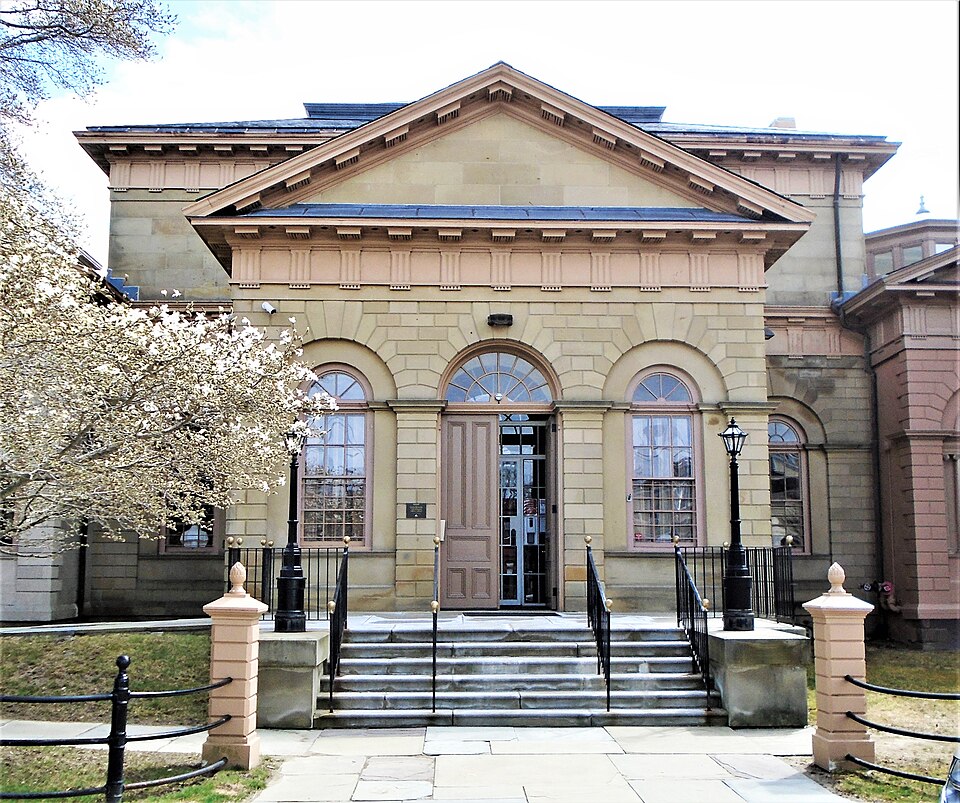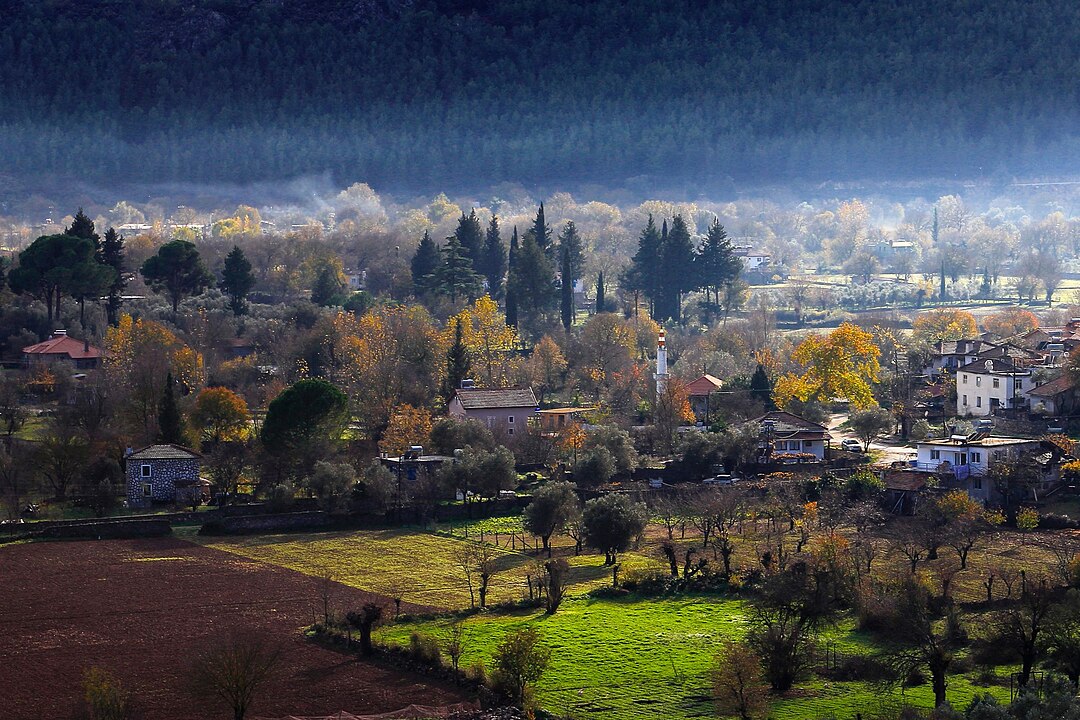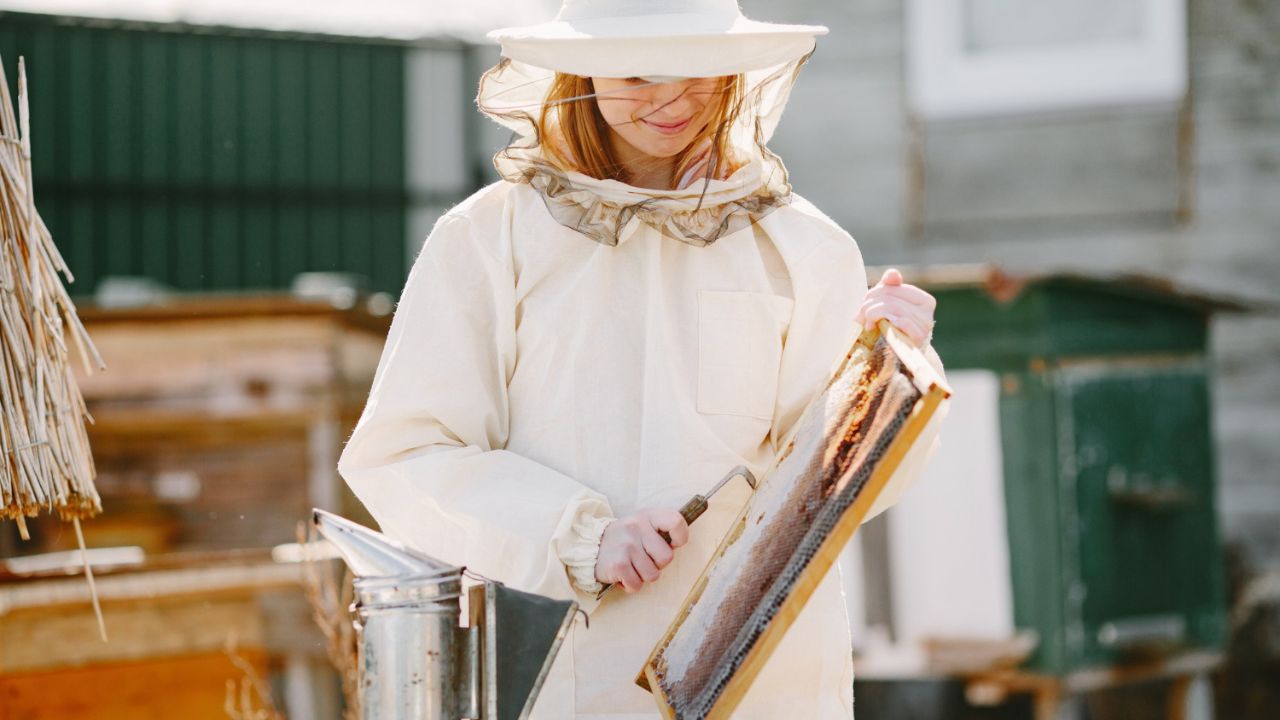Before there was a United States, readers were already building places for ideas to gather. Merchants pooled books, towns raised subscriptions, and colleges guarded tiny collections that would become vast systems. Fire and war took their turns, yet the lights came back on, shelves were restocked, and doors reopened. What this really preserves is continuity: centuries of quiet rooms where curiosity is the only ticket. The six libraries below all began before 1776 and still welcome patrons, researchers, and neighbors today.
Harvard College Library, Cambridge, Massachusetts (1638)
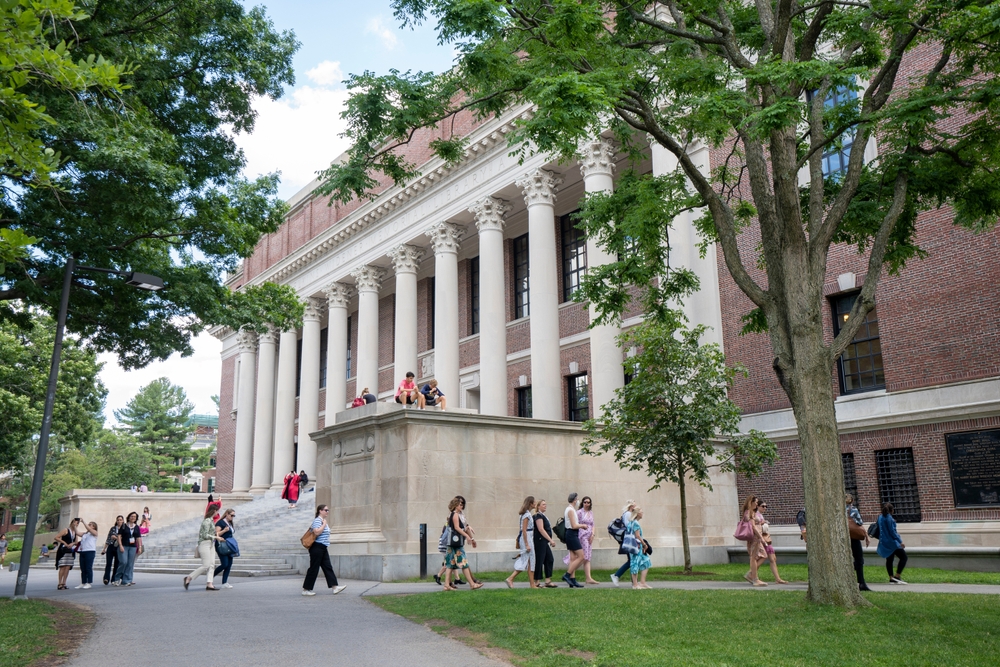
Born from an early bequest, Harvard’s library grew from a few volumes to a constellation of collections that anchor research across disciplines. Fires and relocations reshaped it, but the system endures, with Widener’s stacks, Houghton’s rare books, and reading rooms that still hum during exams. Public access varies by building and purpose, yet the institution remains very much alive. The through line is simple: a college founded for learning kept the books close, and the habit held.
Library Company of Philadelphia, Pennsylvania (1731)
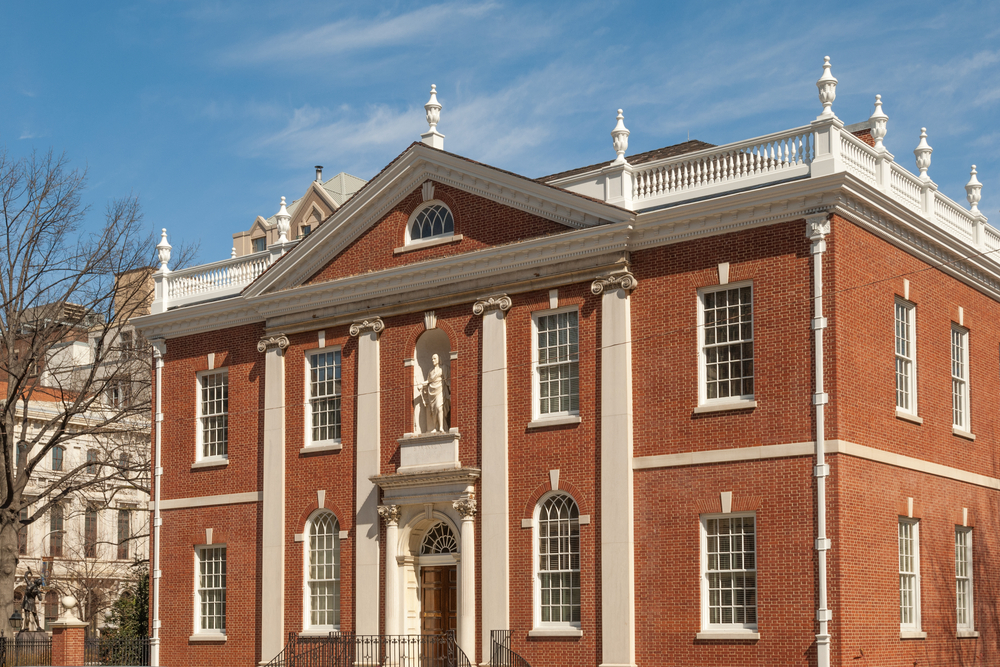
Founded by Benjamin Franklin and fellow tradesmen, the Library Company became the city’s shared bookshelf and, for a time, the de facto library of the Continental Congress. Its subscription model democratized access well before public funding existed. Today it operates as an independent research library with exhibitions that pull rare materials into view. The building feels scholarly without stiffness, and the staff treats questions like invitations. Nearly three centuries on, the mission still reads clearly.
Darby Free Library, Darby, Pennsylvania (1743)
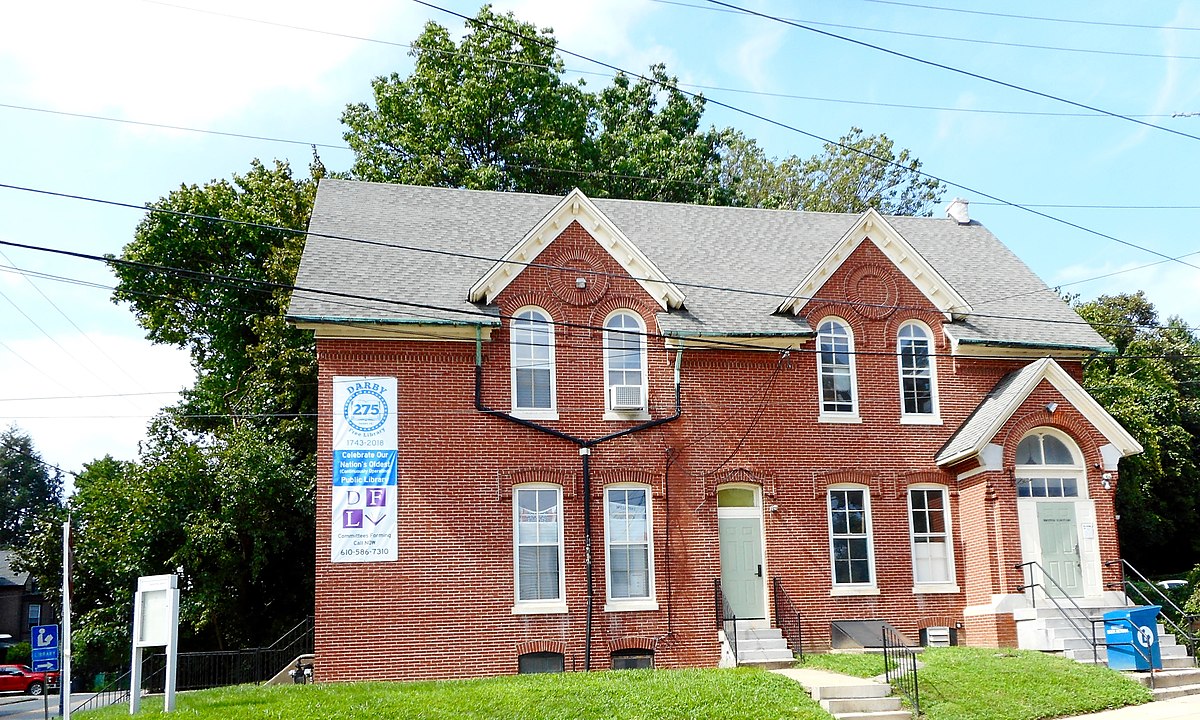
Established by townspeople along Cobbs Creek, Darby Free Library has provided continuous service since colonial days. Its shelves once traveled between meetinghouses and storefronts; now they sit in a brick home that balances history with everyday use. Children’s programs and local archives share space comfortably, and the card catalog long ago gave way to barcodes without losing the small-town cadence. The word “free” mattered in 1743 and still does, spoken here with quiet pride.
Redwood Library and Athenaeum, Newport, Rhode Island (1747)
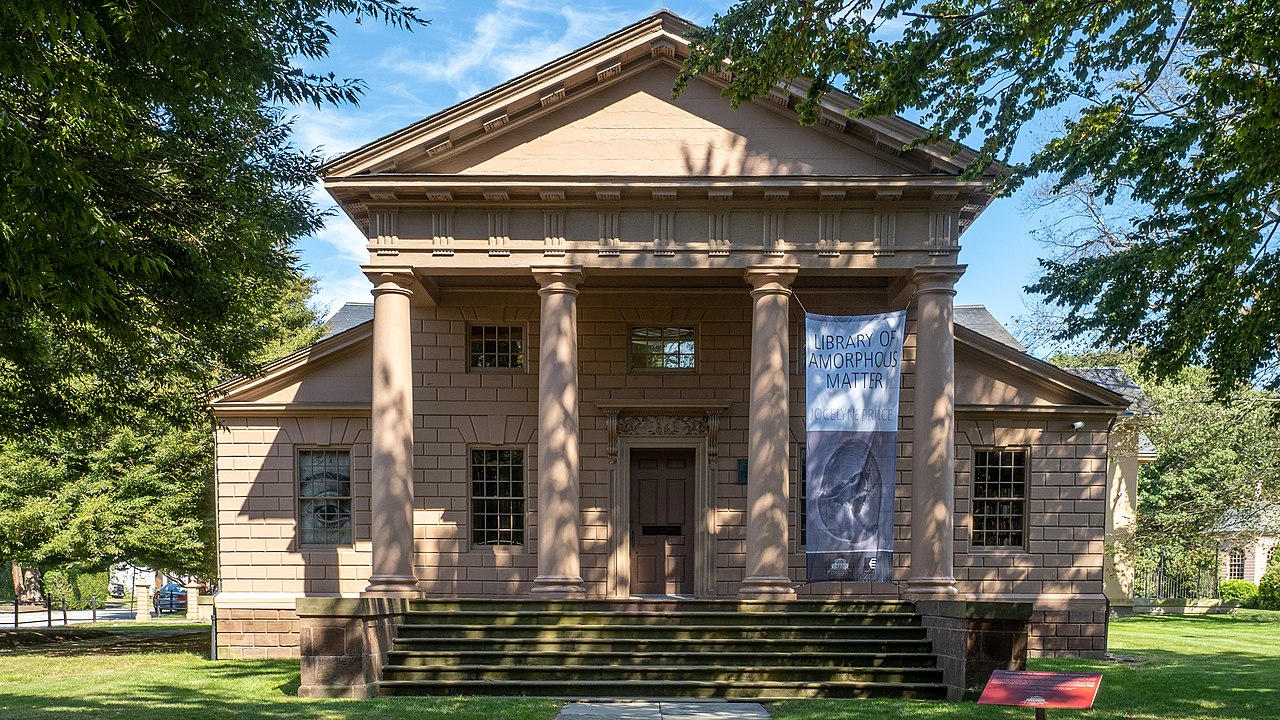
Housed in a graceful Palladian building by Peter Harrison, Redwood is the oldest U.S. library still operating in its original structure. A member-supported collection of books, art, and archives lives behind its classical facade, where reading feels both intimate and ceremonial. The institution weathered occupation, lean decades, and shifting tastes, yet kept its doors open. Step inside and the proportions calm the mind, which is exactly what an 18th-century library set out to do.
Charleston Library Society, Charleston, South Carolina (1748)
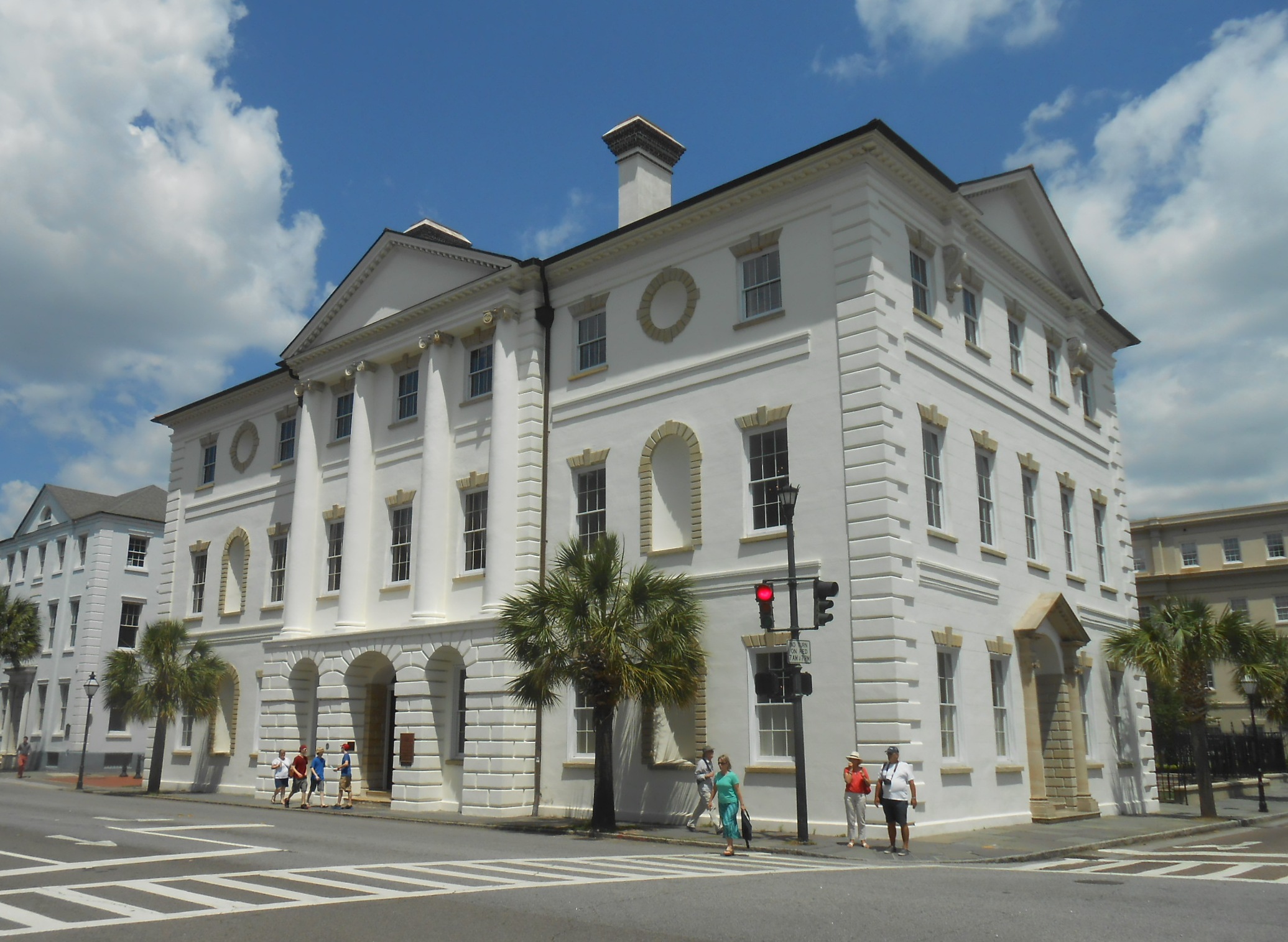
Charleston merchants and planters founded this subscription library to share news, science, and literature in a growing port city. It later helped seed the Charleston Museum and survived fire, earthquake, and war with stubborn grace. Today lectures, exhibits, and a lively reading room keep the place current without sanding off its character. The stacks carry centuries of local memory, and the building’s easy elegance proves that knowledge and hospitality can share the same table.
New York Society Library, New York, New York (1754)
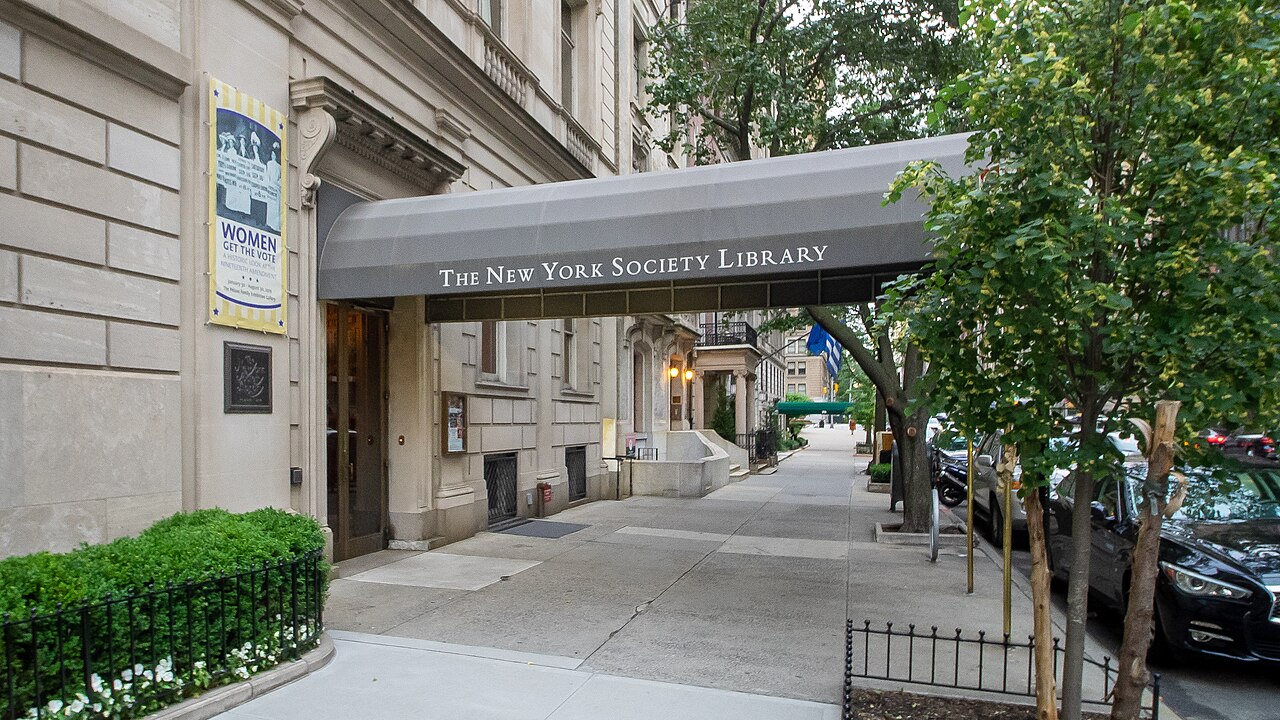
Manhattan’s oldest library began in the colonial era and once served city leaders who signed familiar documents. After moves and losses, it settled into an Upper East Side townhouse where members read under tall windows and children sprint to story time. Day passes and exhibitions open the door wider, while special collections reward deeper digs. The feel is literary but lived-in, a rare mix in a city that often edits out quiet. History lingers here like a good conversation.
